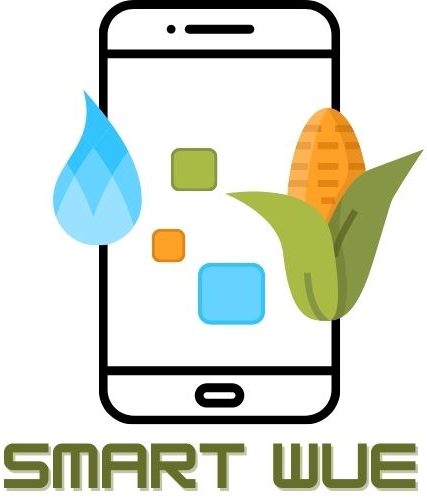Siamo orgogliosi di condividere l’articolo da poco pubblicato su Biosystems Engineering. L’articolo valuta la precisione e l’accuratezza del porometro LI-600 per misurare la conduttanza stomatica nel mais, determinandone l’esattezza e la precisione in base alla norma ISO 5725.
Autori: Chiara Rusconia, Roberto Confalonieria,*, Ermes Movedia, Angela Gazzolib, Gregorio Arrigonib , Gloria Broccab, Anna Diva Cosentinob, Tommaso Fogliab, Federico Lombardob, Brando Mandellib, Marika Pavasinib, Giacomo Pignib, Livia Palearia
a Università Degli Studi di Milano, ESP, Cassandra Lab, Via Celoria 2, 20133, Milan, Italy
b Università Degli Studi di Milano, Cropping Systems MS Course, Via Celoria 2, 20133, Milan, Italy
Abstract: Stomatal conductance (gs) is a key variable for quantifying crop water status and different technologies have been developed for its determination. While infrared gas analysers (IRGA) are widely recognised as a reference for gs measurement, their limited usability and portability, and their cost, are making porometers an increasingly seductive alternative. However, few studies have compared porometers with other methods, and key information on performance metrics along the gs biophysical range is missing. The accuracy (precision and trueness) of the LI-600 porometer for gs measurement in maize was evaluated using the ISO 5725 protocol. A ring trial was carried out by growing plants in pots under three irrigation regimes to identify different gs levels. Measurements of gs were performed by three independent groups of operators at two growth stages using the porometer and the IRGA (reference). For intermediate gs values, precision was satisfactory (mean relative standard deviation of repeatability and reproducibility <19%), whereas marked underestimations were observed. In cases of severely stressed and well-watered plants, the trueness was good (overall R2 was 0.62), whereas the poor precision could be compensated by the possibility of taking a high number of replicates (very short time is needed for acquiring data). This, together with the high usability, make porometers an alternative in the case of intensive or timeconstrained field campaigns.
